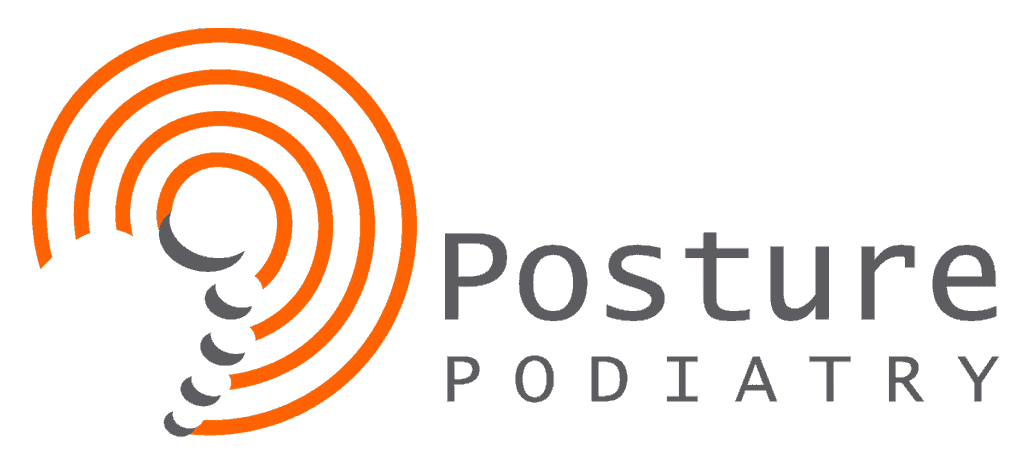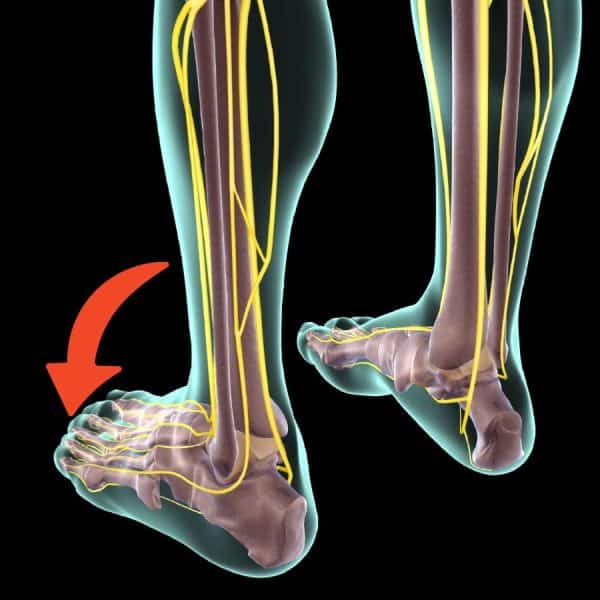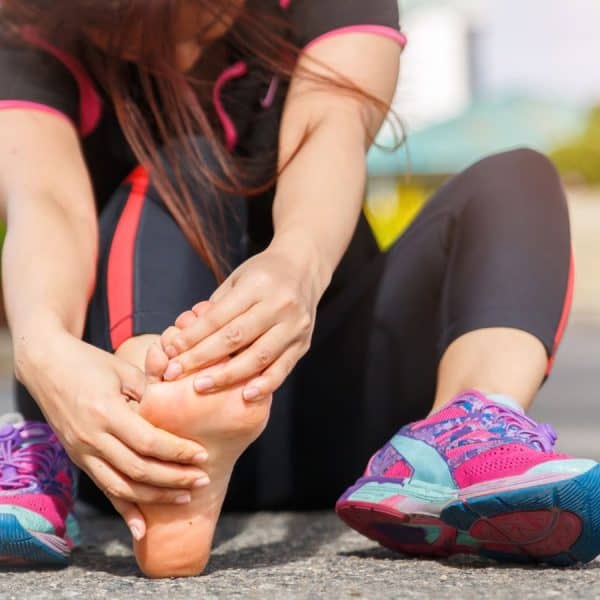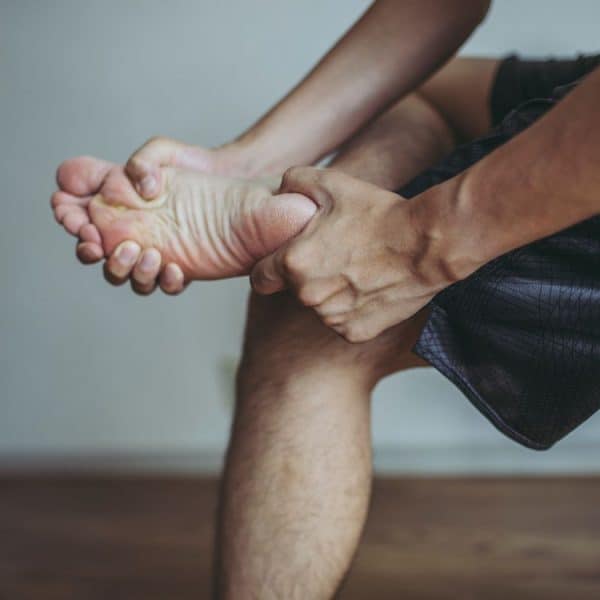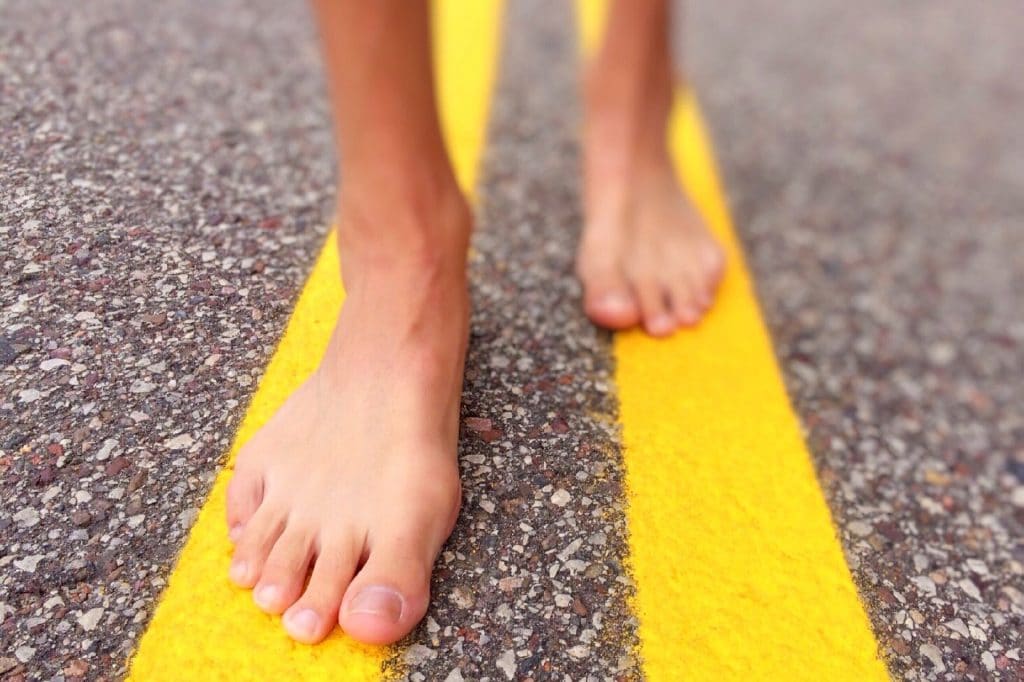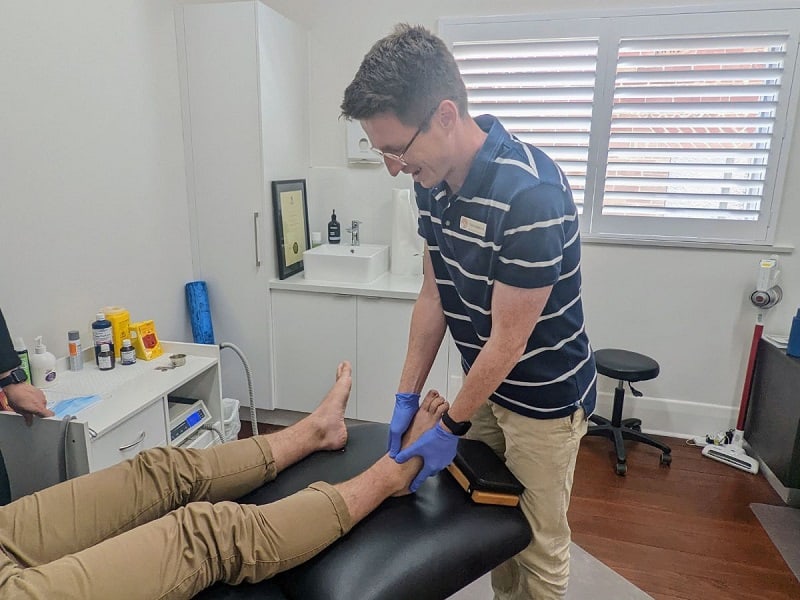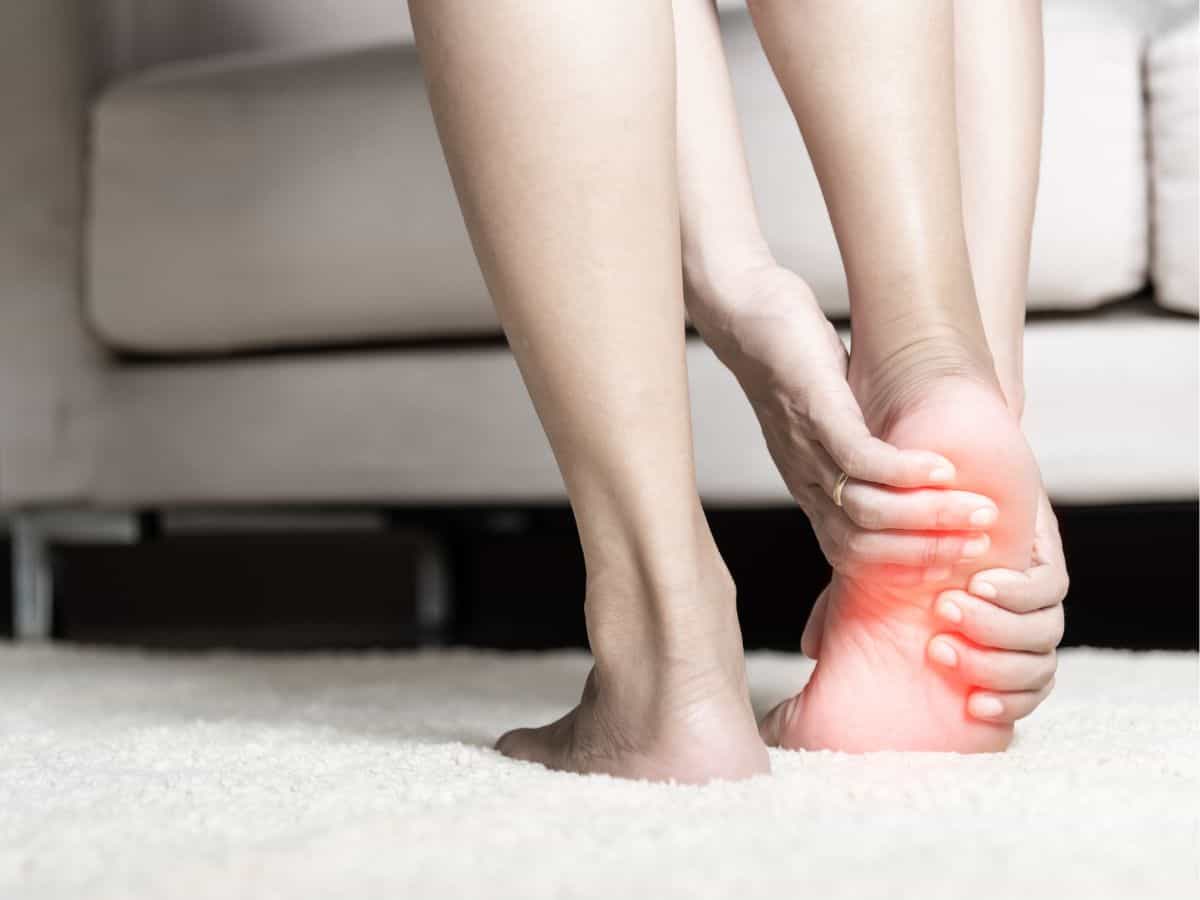An Overview of Morton’s Neuroma
What is Morton’s Neuroma?
Mortons Neuroma is often termed an “interdigital” neuroma as it is problematic between the toes in the forefoot, most commonly the 3rd and 4th toes. A neuroma is a thickening or swelling of the sheath that surrounds the digital nerve. The nerve becomes entrapped and inflammation is caused by the irritation from the bony structures.
What are the Symptoms of Morton’s Neuroma?
Symptoms associated with Morton’s neuroma including pain in the ball of the foot. It can be described as a dull burning sensation that radiates into the toes. It can feel like stone under the forefoot, occasionally a sharp snap can be felt as the neuroma clicks between two bones. Other symptoms include pins and needles or potentially even numbness to particular toes.
Looking for Morton’s Neuroma Treatment by an Experienced Adelaide Podiatrist?
Call 8362 5900 or
BOOK ONLINE by clicking here
How is Morton’s Neuroma diagnosed?
Your podiatrist will be able to help diagnose a Morton’s Neuroma. There are multiple conditions that affect the forefoot so a correct diagnosis is very important.
Informed detailed history taking is an imperative part of forming a diagnosis and into an appropriate treatment plan. Important factors include, symptom history, footwear and exercise type, duration and intensity.
A hands on approach by your Podiatrist is also required when diagnosing forefoot pain. There are tests that can suggest a Morton’s neuroma; a thorough biomechanical assessment and gait analysis is also important.
A referral for an ultrasound will be required to confirm a Morton’s Neuroma and to rule out other forefoot conditions. Neuromas will not be visible on a plain x-ray because they are made up of soft tissue/nerve.
Looking for Morton’s Neuroma Treatment by an Experienced Adelaide Podiatrist?
Call 8362 5900 or
BOOK ONLINE by clicking here
What Causes Morton’s Neuroma?
A Morton’s Neuroma is a result of biomechanical changes that occur in your feet, predominantly in the forefoot. Constant trauma and movement from the surrounding bones damage the nerve and increase the thickness of the nerves insulating sheath. This causes aggravation and inflammation; therefore, pain in the toes.
Tight-fitting shoes may exacerbate a Morton’s Neuroma; footwear is a common cause of pain. Shoes such as high heels and shoes with tight toe boxes are particularly damaging to the forefoot.
An overloaded forefoot or a flexible, flat, wide foot can also increase the chance of a Morton’s neuroma. If there is an imbalance in the structure of the foot, this can cause abnormal motion. The abnormal motion can then stress specific bones and tissue.
Bunions, hammertoes, claw toes or a rigid, cavus foot type can also add pressure to the forefoot and again, be further susceptible to nerve compression in the foot.
Injuries to the foot can also be a factor in developing the condition by changing your foot biomechanics and loading patterns.
What’s the Best Treatment for Morton’s Neuroma?
Non-invasive treatment options considered prior to surgical consideration will usually include:
1. Footwear Assessment
Inappropriate or ill fitting footwear can be a significant contributor to causes of neuroma pain in the forefoot. Due to this, modifying or changing your footwear is one of the biggest factors in helping to relieve pain. Avoid tight fitting shoes and high heels. Changing the way in which you lace up your current footwear can also be beneficial especially if you have a wide forefoot. Your podiatrist can show you how to do this.
2. Address the Foot and Lower Limb Biomechanics
A biomechanical assessment and gait analysis are important in ascertaining the right diagnosis. Information from these examinations will help formulate your treatment program and guide you and your podiatrist as to what treatment is best. Problems including hypermobility and a forefoot valgus among other things can all contribute to intermetatarsal nerve irritation.
Further non-invasive treatment may include:
- massage
- stretches/exercises
- taping
- orthotics specifically designed for morton’s neuroma
Your podiatrist will determine just what combination of treatment modalities will be most helpful following a thorough assessment.
Improving your foot posture is important when treating pain. Altering biomechanics and loading patterns will help to change damaging forces through your feet. Any tissue stress or nerve irritation from bony structures can be eased or relieved using various conservative treatment options.
Orthotics with specific neuroma modifications are often prescribed to do this. Orthotics can help in two ways – the help to stabilise the forefoot when hypermobile and they can also help to prevent the metatarsal bones in the forefoot from irritating or squeezing the nerve. The orthotics will often include specific neuroma pads or metatarsal domes to help reduce symptoms associated with Morton’s neuroma.
3. Other Non-Invasive Treatment Options To Consider Before Surgery
Some non-surgical treatment options for neuromas which are less often utilised but can be considered include:
- Joint mobilisation and alignment techniques
A study into the effects of forefoot mobilisation/manipulation was carried out in 2015 and demonstrated reasonable success with foot manipulation as the primary mode of treatment for Morton’s neuroma. The results of this study can be found here: https://pubmed.ncbi.nlm.nih.
- ESWT (extracorporeal shock wave therapy)
Looking for Morton’s Neuroma Treatment by an Experienced Adelaide Podiatrist?
Call 8362 5900 or
BOOK ONLINE by clicking here
If conservative, non-surgical treatment options fail to provide sufficient relief of Morton’s neuroma symptoms, more invasive techniques are available. These include:
4. Anaesthetic/Cortisone Injections
An injection of local anaesthetic and cortisone can be helpful both as treatment and a diagnostic tool. If the local anaesthetic temporarily abolishes pain, this tends to support the diagnosis. At the same time the cortisone may reduce swelling and give longer lasting relief. The response to cortisone varies between individuals.
This is not usually a first line treatment when the neuroma is quite small. It’s usually advised if other conservative measures have not worked. The treatment will need to be requested in a referral and should be guided by ultrasound imaging.
5. Morton’s Neuroma Surgery
This is the last and most permanent course of action. Surgery is considered only if conservative forms of treatment have failed to provide sufficient relief of symptoms. Surgery involves resection of the offending neuroma and would be completed by a specialist Foot and Ankle surgeon. Your Podiatrist will discuss this course of treatment should it ever be required.
Three Helpful Morton’s Neuroma Tips
Some things you can try to help ease the pain include:
- Changing footwear – Avoid high heels and shoes with a narrow toe box.
- Modify your exercise program – reduce overloading of the forefoot.
- Forefoot Volume Lacing – change the laces in the front part of your shoe to help prevent squeezing of the bones and nerve in the forefoot. This is generally helpful for people with a wider forefoot.
Looking for Morton’s Neuroma Treatment by an Experienced Adelaide Podiatrist?
Call 8362 5900 or
BOOK ONLINE by clicking here
